gee kuger, thanx for the new title

Bassmster, Neils citation gives a good overview. That text/article has circulated on the net for quite some time now. It is drawn from the work of Emory Strong, who wrote on indian history of the Pac. NW area (OR/WA). A chapter in his books, from decades ago, dealt with contact era indian trade items. And the source and history of the buttons talked about there, has become pretty much the accepted theory.
France tried to retake their colony of Haiti several times, but eventually gave up. These buttons were supposedly destined to outfit the armies to quell the rebellion there, but the battles never took place, as France gave up the attempt. The surplus buttons entered the market, and ended up on the west coast of the United States in the mid 1820s. At that time, the Pac. northwest was still the remotest part of the earth, so any manufactured goods arriving here had value, trade purpose, etc..
The buttons turn up any place in CA, OR, and WA that had european influence dating from the 1820s to 1830s. The ones I find in CA, appear to be nothing more than fumble fingers losses (no different than any other button or coin of the period). But in the Columbia River area of WA, they turned up enmasse on indian grave islands (the indians there had a habit of taking their dead out to dedicated islands on the river, and doing above ground burials, with ornaments, etc... on the bodies). So when the white man arrived, trade items simply replaced beads, shell, feathers, etc... for this purpose. Thus these buttons were found, simply on top of the ground, by early indian artifact collectors at the turn of the century, and up through the 1950s (damming of the Columbia erasing islands, and .... obviously .... laws, have ended this practice). So in the WA/OR area, they are sometimes considered strictly indian burial items.
Some people think the buttons all arrived at the Columbia river, and were dispersed, by foot, all throughout the rest of the west coast that way. Or, the ship carrying them, simply continued its way down the coast, stopping in ports in CA on its way. Who knows? And yes, some get found on the east coast (very few, relative to the #'s that have surfaced on the west coast). It isn't known if they crossed the continent to get back there, or if the ship from Europe stopped on the east coast, before rounding the horn?
Archaeologist like them, when the find them in dig sites here (around the missions, adobes, pueblos, presidios, etc...) because since the date of their arrival here is limited to just a few years, therefore they can fairly accurately date the button (and, I guess, judging from the wear on it, for circulation, etc...).
They've sold on ebay for as much as $300, but as little as $30 (I've got one on there right now, that's slated to close in a few hours!

) It was Emory Strong's work that popularized their collecting, because, of course, there has never been a shortage of indian artifact collectors. And another reason some might collect them, is because, I guess Haiti's independence, and the loss it caused to France, had ripple effects on France/Europe and Haiti, even to this day. Time/Life's book on the "100 most influential people and events of the last millenium", lists Haiti's overthrow of France, amongst the 100 most notable events of the last 1000 yrs.
The ball button style is very rare. I've only found 3 or 4 of that style. Congrats! The flat #29 has a lot of wear on it. I've never seen one with that much wear. Metallically perfect shape though. If you search the web, you can find pix of crisp ones, to compare to the breast on yours, to see the circulation. Very interesting.
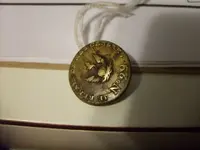 buttons 040.webp17.2 KB · Views: 973
buttons 040.webp17.2 KB · Views: 973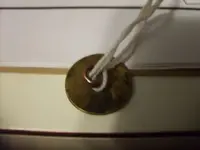 buttons 041.webp8.3 KB · Views: 851
buttons 041.webp8.3 KB · Views: 851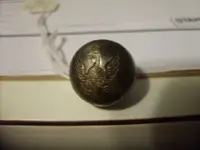 buttons 044.webp9.6 KB · Views: 918
buttons 044.webp9.6 KB · Views: 918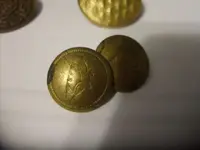 buttons 048.webp13.5 KB · Views: 841
buttons 048.webp13.5 KB · Views: 841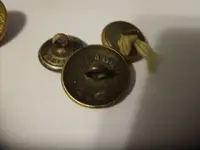 buttons 047.webp10.4 KB · Views: 858
buttons 047.webp10.4 KB · Views: 858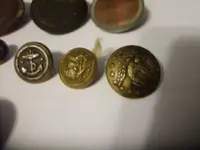 buttons 045.webp13.8 KB · Views: 855
buttons 045.webp13.8 KB · Views: 855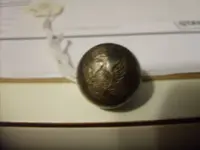 buttons 043.webp8.6 KB · Views: 883
buttons 043.webp8.6 KB · Views: 883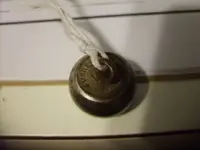 buttons 042.webp9.6 KB · Views: 844
buttons 042.webp9.6 KB · Views: 844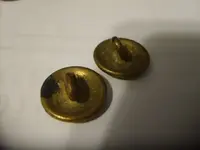 buttons 049.webp8.8 KB · Views: 827
buttons 049.webp8.8 KB · Views: 827 buttons 050.webp19.7 KB · Views: 792
buttons 050.webp19.7 KB · Views: 792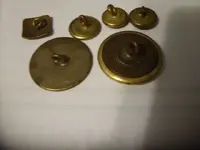 buttons 052.webp13.7 KB · Views: 832
buttons 052.webp13.7 KB · Views: 832


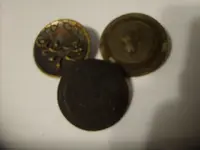
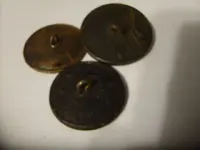
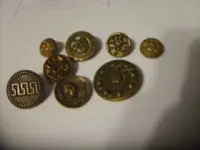



 ) It was Emory Strong's work that popularized their collecting, because, of course, there has never been a shortage of indian artifact collectors. And another reason some might collect them, is because, I guess Haiti's independence, and the loss it caused to France, had ripple effects on France/Europe and Haiti, even to this day. Time/Life's book on the "100 most influential people and events of the last millenium", lists Haiti's overthrow of France, amongst the 100 most notable events of the last 1000 yrs.
) It was Emory Strong's work that popularized their collecting, because, of course, there has never been a shortage of indian artifact collectors. And another reason some might collect them, is because, I guess Haiti's independence, and the loss it caused to France, had ripple effects on France/Europe and Haiti, even to this day. Time/Life's book on the "100 most influential people and events of the last millenium", lists Haiti's overthrow of France, amongst the 100 most notable events of the last 1000 yrs.  !!!!
!!!!
